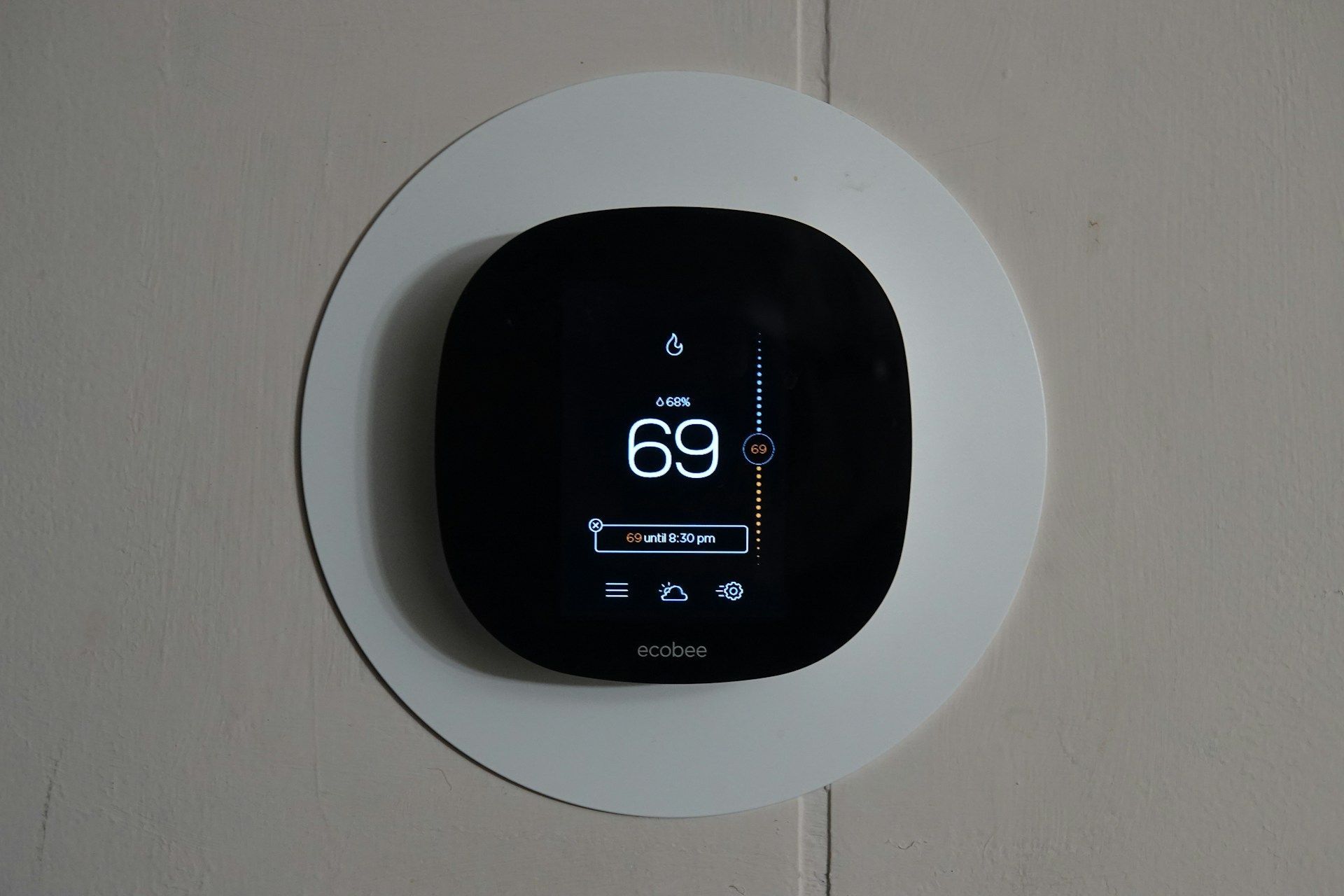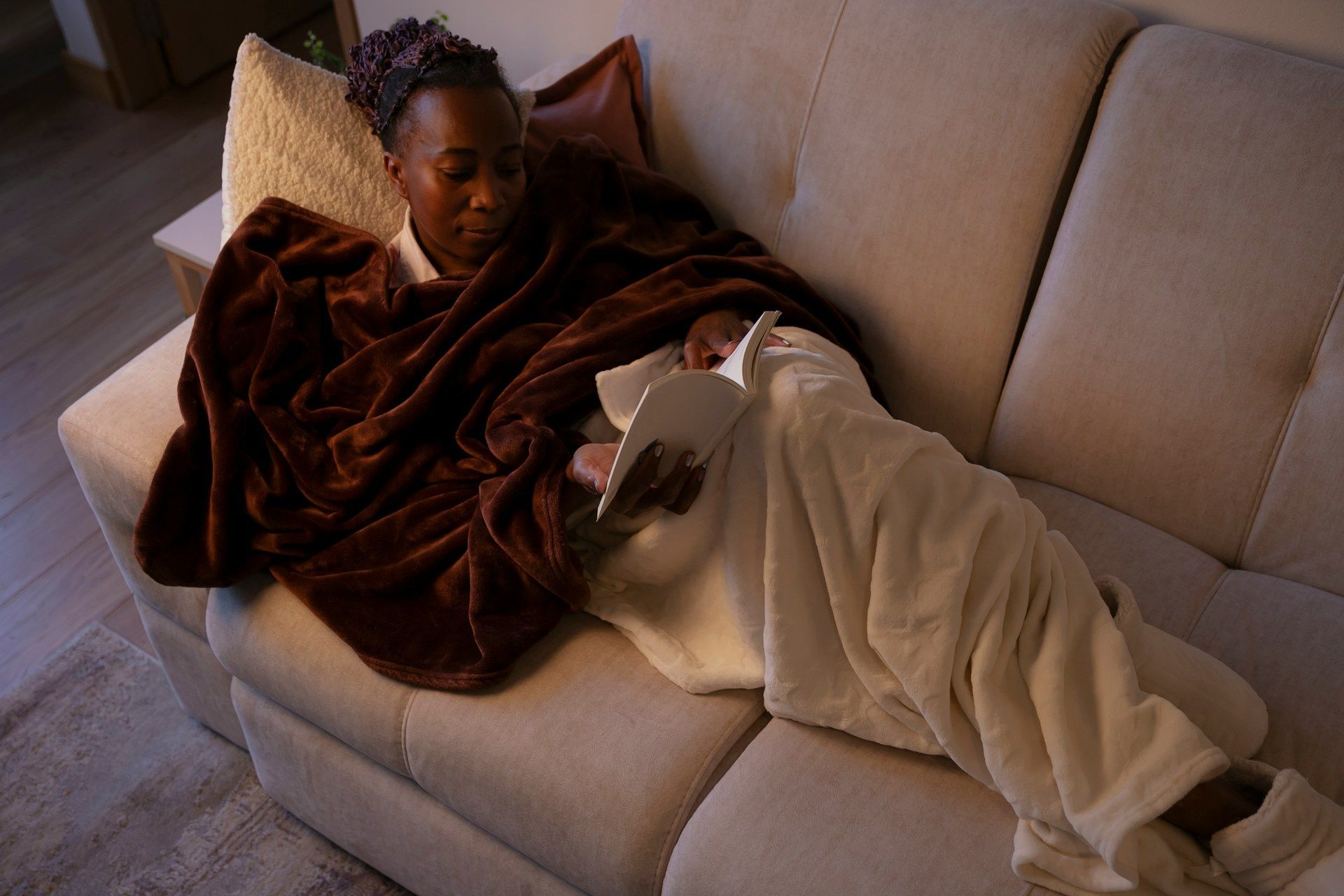Call or Text:
(270) 314-2158
How to Keep Your Home Warm and Cozy During a Cold Snap
Keeping your home warm doesn't have to mean high energy bills. By increasing your home's heating efficiency, you can enjoy a cozy space without wasting energy. Understanding the best ways to enhance your heating system and making smart use of natural resources can make a big difference in comfort and savings.
Simple steps like proper insulation and smart heating practices can create a more efficient home. It's not just about having the right heating system; it's also about making the most of what you have. Little changes can lead to big results in both warmth and cost-effectiveness.
By learning how to seal gaps and optimize your heating system, you ensure that your home stays warm even when it's freezing outside. These changes are accessible and can help maintain consistent indoor temperatures. Making small tweaks can keep your home comfortable and your energy usage down.
Insulate and Seal Your Home
Proper insulation is key to keeping your home warm without overspending on energy. Insulation helps keep the cold air out and the warm air in, making your heating system work more efficiently.
Start by checking your attic, which is one of the main areas where heat can escape. Adding additional insulation to the attic can significantly reduce heat loss. You can use fiberglass, foam board, or cellulose materials for optimal insulation.
Doors and windows are also common culprits for drafts. Here's how you can address them:
1. Weatherstripping: Apply weatherstripping around doors and windows to stop drafts. This is a simple, DIY-friendly task.
2. Caulking: Seal any gaps around stationary components like door frames or window panes. Caulking is an effective way to close small openings.
3. Use Door Draft Stoppers: Place draft stoppers at the base of doors to prevent heat from escaping.
Inspect walls and flooring for any cracks or gaps that could lead to heat leakage. Insulating these areas can contribute to a more consistent indoor temperature. By taking these steps, you'll help your home retain warmth better and reduce the strain on your heating system.
Optimize Heating System Efficiency
Maximizing the efficiency of your heating system ensures you get the most warmth for your energy dollar. A well-running system not only heats your home better but uses less energy to do so.
Start with a professional maintenance check to make sure everything is running smoothly. This includes inspecting and cleaning components like filters, vents, and the heating unit itself. Regular maintenance helps prevent breakdowns and keeps your system in top condition.
Here are more ways to improve system efficiency:
1. Upgrade the Thermostat: Consider a programmable or smart thermostat. These devices help you control the temperature more precisely and can save energy automatically.
2. Bleed Radiators: If you use a radiator, bleeding it removes trapped air that makes your system inefficient. This can improve the heat output.
3. Check Ducts: Leaky ducts can waste a lot of heat. Seal and insulate them to ensure warm air reaches every room in your home.
4. Use Zoning Systems: If possible, create heating zones in your home. This allows you to heat different areas independently and not waste energy in unused spaces.
By optimizing your heating system, you ensure it delivers the warmth you need efficiently. This keeps costs manageable while maintaining a comfortable home environment.
Use Smart Heating Practices
Smart heating practices help keep your home warm while reducing energy consumption. Simple habits can make a big difference in maintaining a comfortable environment efficiently.
First, be mindful of your thermostat settings. Lowering the thermostat by just a few degrees when you're asleep or away from home can lead to significant savings. A good rule of thumb is to set it at around 68°F while at home and lower when you're not.
Other helpful practices include:
1. Dress Warmly Indoors: Wear cozy layers to stay comfortable without needing to crank up the heat.
2. Use Space Heaters Wisely: Limit space heater use to small areas and turn them off when leaving the room. They can help keep specific areas warm without heating the entire house.
3. Close Off Unused Rooms: Shut doors to rooms you don't use often to prevent heat from circulating there.
4. Use Curtains Strategically: During sunny days, open curtains to let sunlight in for natural warmth. Close them at night to keep warm air in.
Well-chosen habits can improve your home's heating efficiency, offering a cozy space on chilly days while keeping energy costs under control.
Take Advantage of Natural Heat Sources
Turning to natural heat sources can enhance indoor warmth without extra costs. The sun, a free heat source, can be used effectively with the right strategies.
Make the most of sunny days by opening curtains or blinds on south-facing windows. This allows sunlight to flood rooms, raising temperatures naturally. The more you can use the sun's energy, the less your heating system needs to work.
Additional ways to harness natural heat include:
1. Insulate Sunrooms: If you have a sunroom, make sure it's insulated well, as these spaces can trap a lot of heat during daylight.
2. Place Dark Rugs on Floors: Dark-colored rugs absorb more heat, adding warmth to your floors during the day.
3. Use Heat-Absorbing Materials: Incorporate materials like tile or brick that absorb and release heat more effectively than carpet.
Drawing warmth from the inside requires understanding and utilizing your home's environment. By leveraging these natural resources, you can efficiently increase your home's comfort while minimizing reliance on your heating system.
Conclusion
Keeping your home warm and cozy requires a balance of proper techniques and smart practices. By insulating and sealing your home, optimizing your heating efficiency, implementing wise heating habits, and using natural heat sources, you can ensure a comfortable living space without breaking the bank. These strategies not only reduce energy costs but also contribute to a sustainable approach to home heating.
Taking these steps helps in maintaining an ideal indoor climate while being mindful of energy consumption. Homes become more comfortable and eco-friendly with efficient practices in place. Staying proactive in managing your heating methods can make a significant impact on your home's overall efficiency.
If you need professional assistance to further enhance your home's heating efficiency or to fix any heating issues, reach out to Anytime Heating & Air. Our expert team of
HVAC contractors is dedicated to providing quality service and solutions tailored to your needs, ensuring you enjoy a perfectly warm and comfortable home throughout the season.

© 2024 All Rights Reserved | Anytime Heating & Air

